Women’s Financial Inclusion Data Partnership
The Challenge
There is a persistent global gender gap in financial inclusion. Women worldwide are less likely than men to have bank accounts and access to credit and loans. Women remain both unserved and underserved compared to men in all segments, from bottom-of-the-pyramid to high-net-worth.
These gaps continue because of a widespread lack of awareness of the multi-trillion-dollar opportunity to serve the women’s market. Gender data is key for policymakers and financial service providers to understand the gender financial inclusion gap and the women’s market opportunity and to create tailored solutions for women. However, gaps in the collection, quality, and use of gender data pose a major barrier to progress.
The Women’s Financial Inclusion Data Partnership, led by Data2X with technical guidance from the Financial Alliance for Women, is working to change this reality.

Current Partners
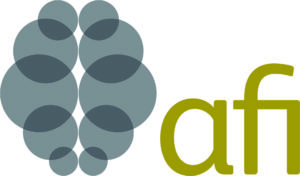

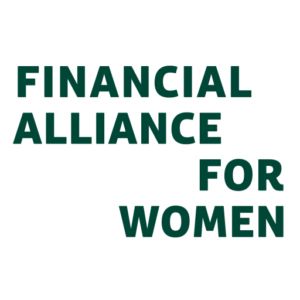


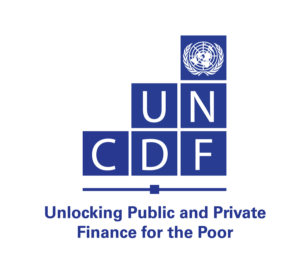
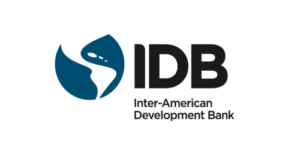

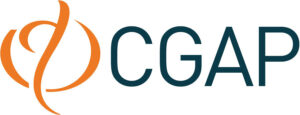
Where We Work
The WFID Partnership is undertaking pilot projects in six countries aimed at developing gender data supply-side interventions to increase women’s financial inclusion in partnership with the public and private sectors:

The latest news from Data2X
Understand emerging gender data issues and trends.
Promoting Women’s Financial Inclusion: A Quiet Revolution is Taking Place in the Financial Sector
read more →The Gender Data Playbook for Women’s Financial Inclusion
A step-by-step guide for financial ecosystem stakeholders on how to boost the systematic collection
read more →